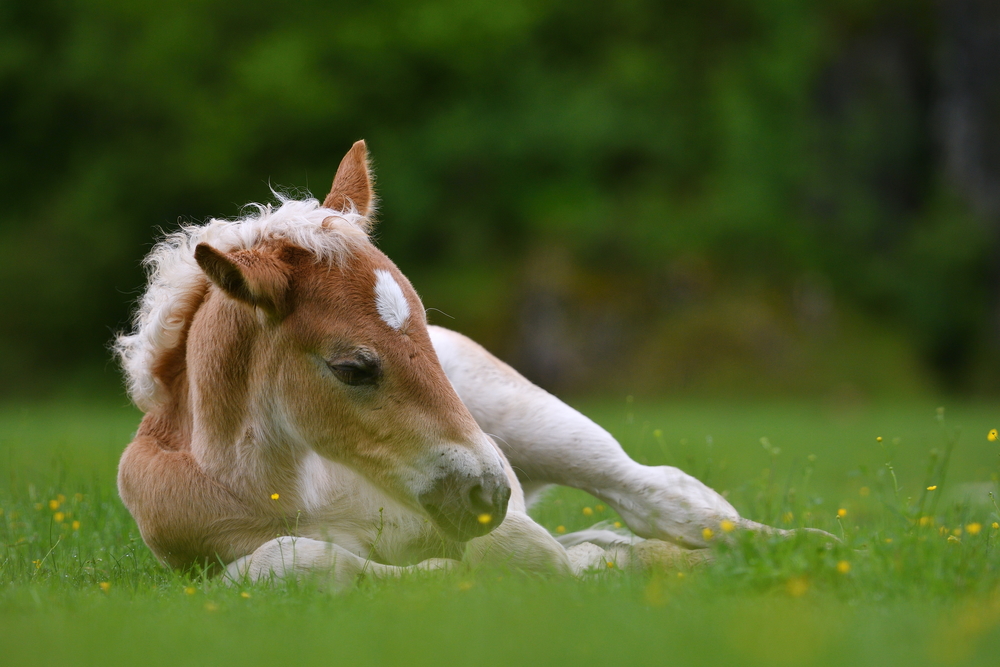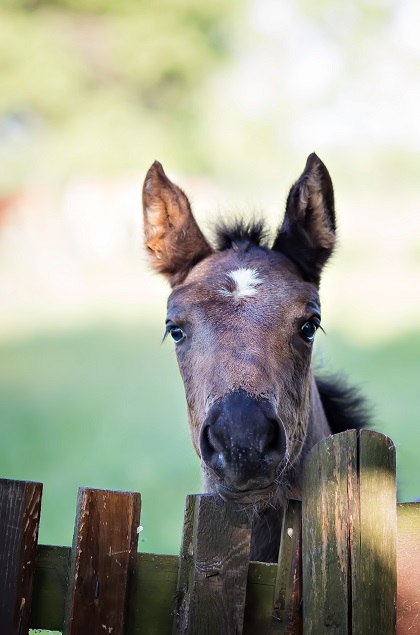
Should I Breed My Horse?
Tuesdays with Tony
As a cat, one of my many, many tasks is to humble humans daily. With breeding season coming up, I feel it’s my duty to have a heart-to-heart with you about what breeding actually means. I have come to this subject today because our 10th Annual Castration Clinic (where Springhill Equine has a ball… or two) is coming up soon. It’s important when thinking about your horse as a stallion, that good stallions make great geldings! Anyway, moving on to the topic at hand.
Should you?
Got a mare? Got a stallion? Make a baby. Sell the baby. It’ll be great.
Let’s start with the mare. I hear from humans all the time that they have a great horse, and they’re not wrong. However, look at your mare with a critical eye to determine if she should be bred. Sure, she does what you love doing, and she does it well (if she doesn’t, why would you breed her?), but do you want to pass on her conformation? Does she have personality quirks you have come to love, but would never, ever want in a horse you were looking at to buy? For many breeds, you should also have genetic testing done to see if she carries things like PSSM, OLWS, or other potentially life-threatening genes. If she does, you really want to make breeding decisions carefully. Need help deciding if you should breed your mare? Talk to someone you trust in your discipline. [This person should not own a stallion you may breed your mare to.]
For stallions, I have two words: perfect and money. If you’re going to keep your horse a stallion, he should have it all. He should have the conformation your discipline is looking for, the personality, bloodlines, genetic testing, and a track record. That last part is the beginning of the money. If you don’t have the funds to campaign a stallion so that he can prove his value in your discipline, geld him. And after you campaign him, if you don’t have the funds to promote him, and his offspring, geld him. The sad truth is no one will promote your stallion and his offspring like you do. Don’t expect others to do that for you. This means advertisements, stallion auctions, showing babies, training fees for those babies. All of it. This often means stallions don’t even begin to pay for themselves for 10 to 15 years! All things to think about before leaving those testicles on.
But….
Your mare is amazing, so is your stallion. Let’s make a baby! Whoa, whoa, whoa! I have siblings. Maybe some of you humans have siblings, too. I don’t know about your family, but I’m the only one to turn out decent in my family. I have a job, a blog, a warm lap to sleep on, and minions to deliver me food and beverages. Just because you have genetic potential, doesn’t mean the kid is going to get those good genes. It’s still a roll of the dice. Do you have a plan for those 1D barrel horses you cross, and end up with a something that couldn’t win the 7D if that was a division? A better question is, do you have a plan for getting this foal raised and trained to its potential? This can work out well if you can do all the training, but if you need to send baby off for lots of training, or you do a discipline that takes years to master (I’m talking to you, Dressage), it can add up to a lot of dollars!
Eyes wide open
I’m not saying don’t breed your horse, I’m just reminding you to think about the entire process. I’m also going to ask that you visit a local horse rescue, and talk with them about the horses they have. Someone bred every one of those horses.
And now I’m off to prepare for the Castration Clinic. This year’s motto is Geldings: Ball-less and Flawless!
Until next week,
Tony
P.S. I’m sure that by now you’ve subscribed to my blog, so I’ll skip that part. Have you tried out the podcast that the humans do yet? It’s called Straight From the Horse Doctor’s Mouth, and it’s a half hour of amazing, free information about horse stuff that you can listen to while you drive, while you wash your horse, while you jog (you humans and your crazy exercise stuff), or even while you’re pretending to work. Hey, I’m a cat. We’re all about slacking. Don’t judge. You can listen right from our website by clicking the link, or you can download it on Spotify, Stitcher, Castbox, or wherever you get your podcasts.

Tuesdays with Tony is the official blog of Tony the Clinic Cat at Springhill Equine Veterinary Clinic in Newberry, Florida. If you liked this blog, please subscribe below, and share it with your friends on social media! For more information, please call us at (352) 472-1620, visit our website at SpringhillEquine.com, or follow us on Facebook!
[jetpack_subscription_form title="Tuesdays with Tony"]



